Traditional life under threat for Iraq’s Marsh Arabs
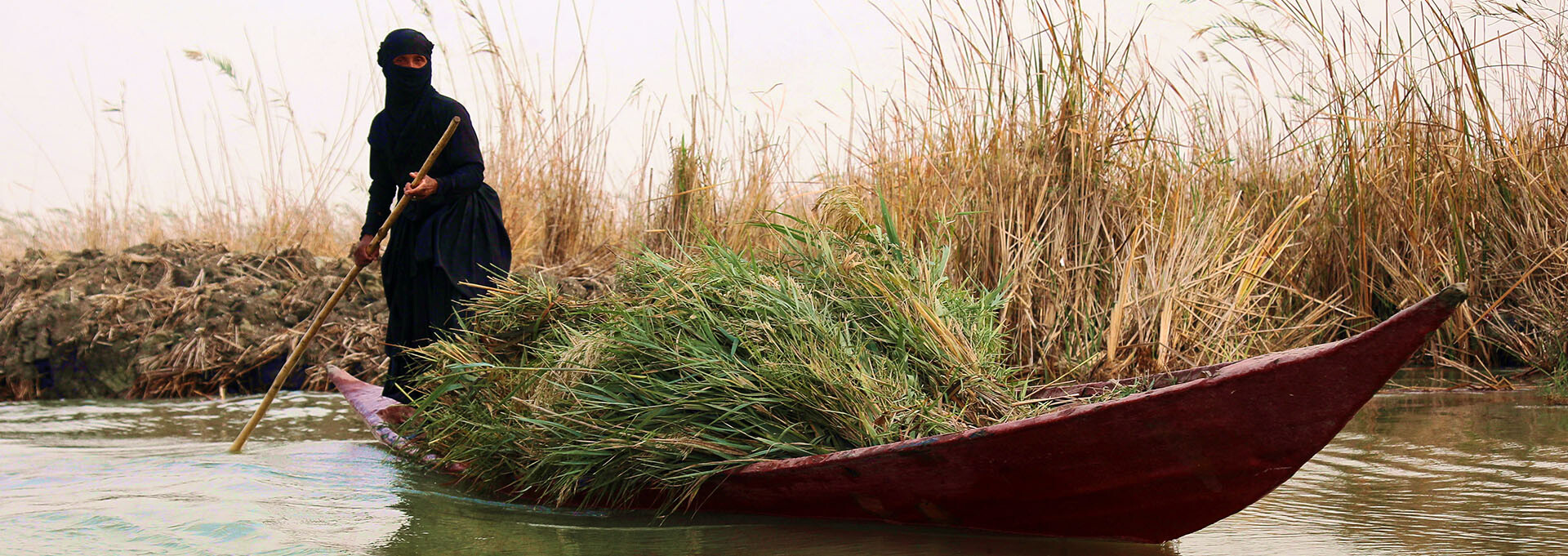
Iraq is often said to be the cradle of civilisation. History tells us that modern society was born between the mighty Tigris and Euphrates rivers. At the confluence of these two great rivers, there was a vast expanse of marshland, and it was the lifeblood for the people living both up and downstream.
Until a short time ago, Iraq was probably the most fertile country in the Middle East, the two rivers provided enough water for domestic and agricultural use, with enough flow to remove pollutants from the land and dilute them in the sea. However, human intervention has conspired to change all that; today, the rivers are dying and so are the people who have depended on them for centuries.
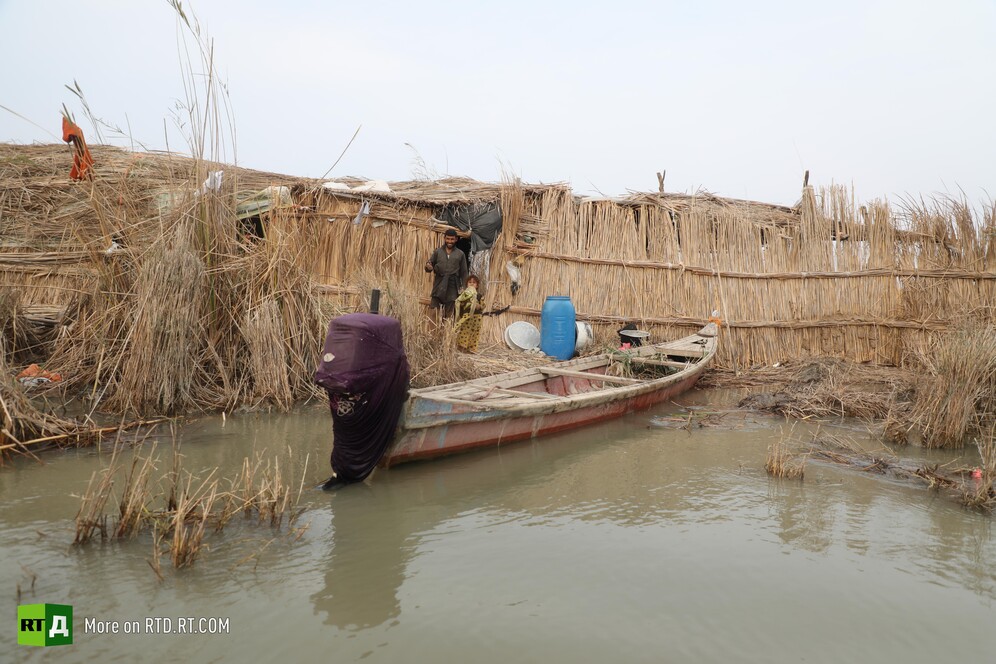
The people who live in the marshes between the two famous rivers are known as Marsh Arabs. They’ve always enjoyed a degree of independence from the rest of Iraq. The wetlands are sprinkled with hundreds of islands on which a few families would live. The Marsh Arabs used the water as their highway and source of food, and the marsh reeds were their building material. Uniquely, Marsh Arabs built floating homes with the reeds and made boats that were straight out of the Old Testament.
The marshland was also ideal for rearing water buffalo, a rich source of meat and dairy products. The marsh people kept themselves to themselves, and their remote homeland became a haven for Iraqis escaping persecution, and that also led to their downfall because the vast expanses of waterway made it relatively simple to disappear in the marshland.
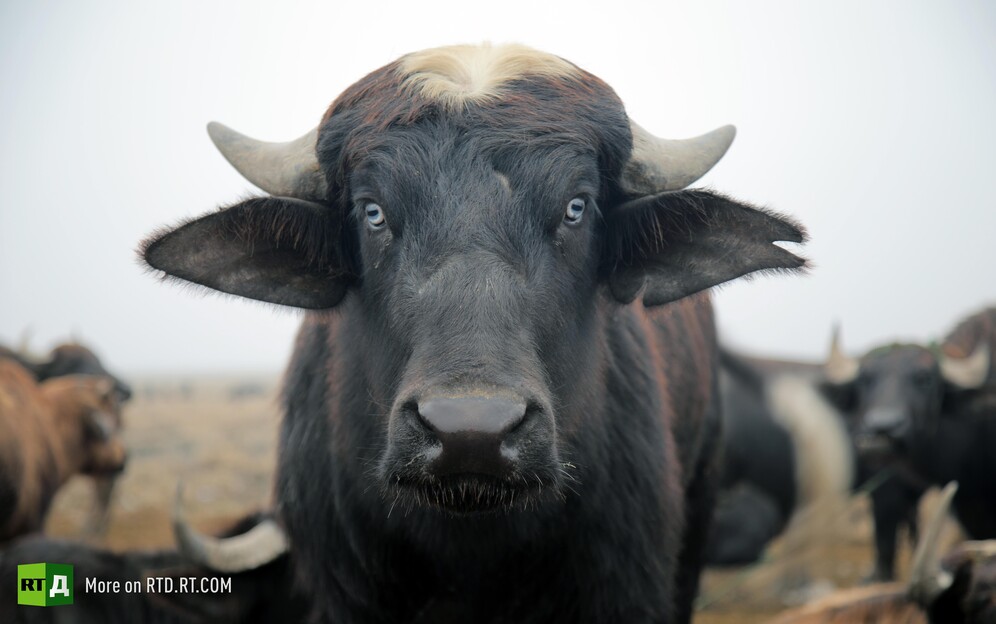
After the first Gulf War, Shia Muslims in the south of the country began to rebel. The dictator, Saddam Hussein soon quashed the uprising after the rebels failed to secure outside support. Many insurgents, who were not immediately rounded up, escaped into the marshes to disappear from Saddam’s military forces. The vengeful Iraqi leader accused the Marsh Arabs of harbouring his enemies. He ordered the 20,000 sq. km of marshland to be drained. A massive construction project diverted the two rivers into canals, and at a stroke, almost ended the existence of Marsh Arab communities after decades, even centuries, of caring for their fragile environment.
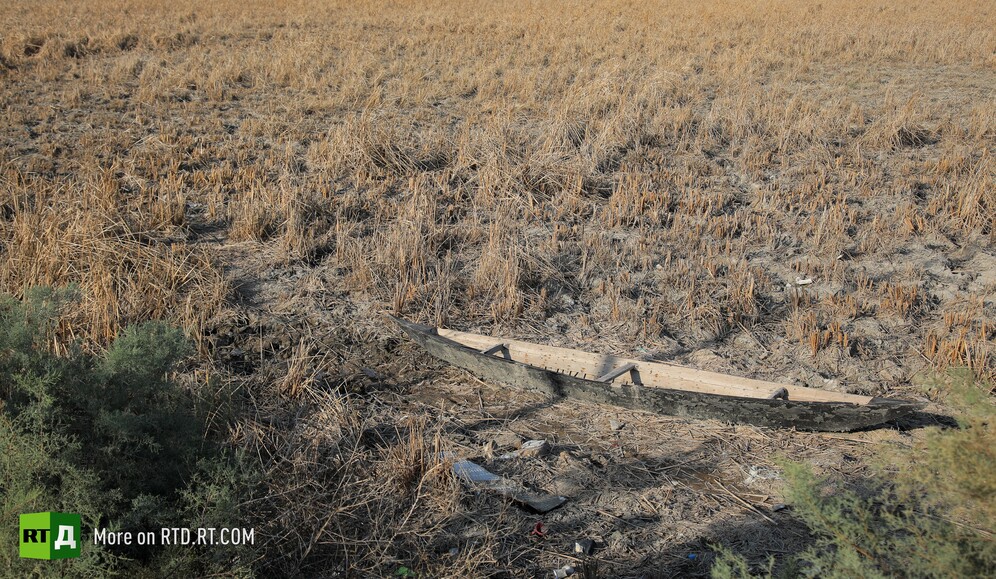
At about the same time, outside forces were working to deplete Iraq’s rivers of any water that could bring the marshes back to life. Neighbouring Turkey, Syria, and Iran, all embarked on dam building on the headwaters of the rivers. Turkey has built more than 30 dams to provide much-needed power and reduced what were once mighty flowing rivers to little more than a trickle.
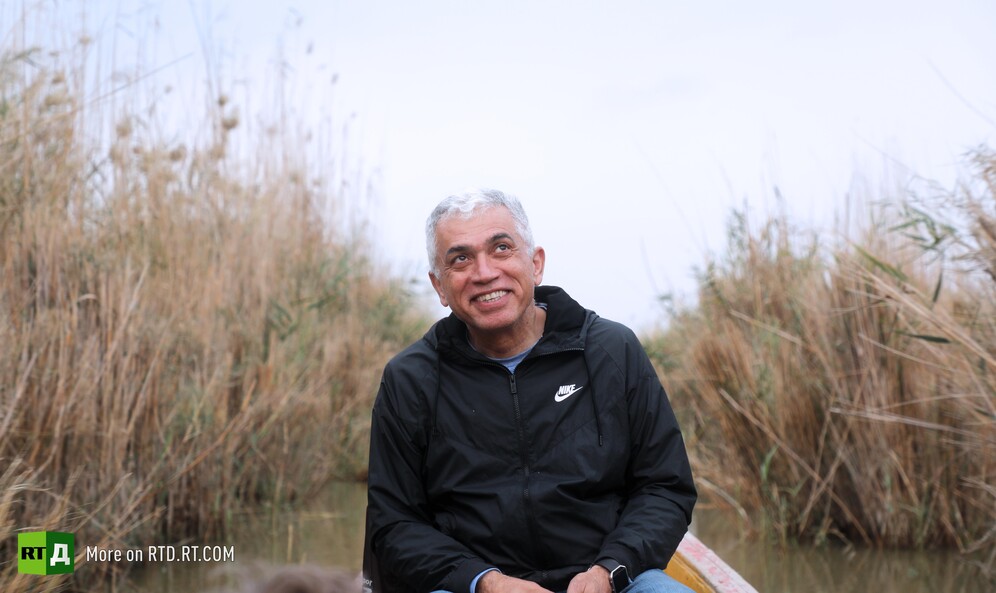
The fate of the marshes was just about sealed until the US invasion of Iraq and Saddam Hussein's downfall. In 2003, exiled water engineer and environmentalist, Azzam Alwash returned and made it his life’s mission to restore the marshlands to their natural state, and give the Marsh Arabs back their home. He was one of the first to break down the canal walls that had diverted the Euphrates River away from the marshes to let the water flow back.
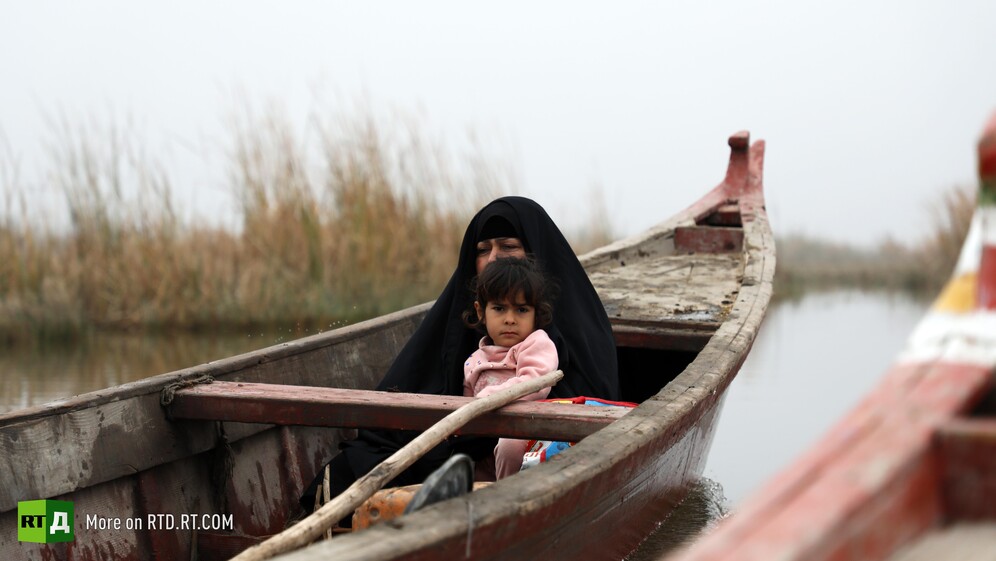
Soon, the water flowed back into the area, and a quarter of a million Marsh Arabs returned. However, the marshes are not the same. Because of the dams further uptream on both rivers, water flow is not steady, and that means tidal saltwater from the sea is gradually spreading further inland into the river deltas. It is impossible to use saltwater for agricultural irrigation, so large areas of once fertile Southern Iraq are rapidly turning into lifeless deserts.
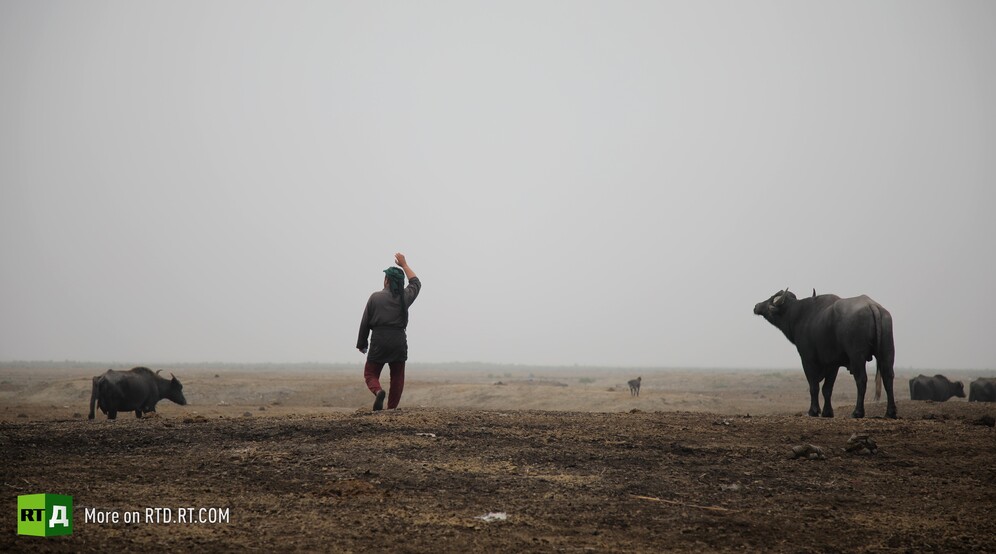
After the rivers were diverted back to fill the marshes, things did improve. The Marsh Arabs could go back to their traditional way of living, rearing water buffalo and building houses and boats out of reeds. Since then though, things have taken a turn for the worse, as the dams in Turkey have further reduced the water flowing downstream. The water salinity is now so high that drinking-water for the buffalo needs to be imported every day, a task that makes tending the animals less and less viable.
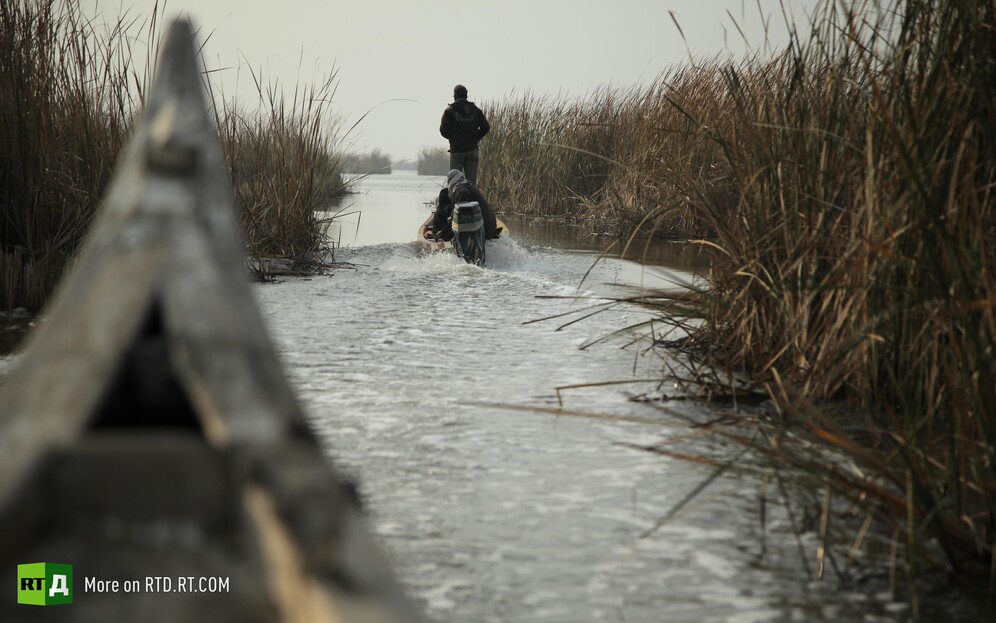
The government in Baghdad is aware of the situation, and knows the only solution lies in negotiating with its neighbours. Negotiations have started, but the outcome is still unclear.
To know more about the fate of the Marsh Arabs, and the efforts being made to rebuild the marshes, see RTD's documentary, Rivers of Discord: Iraq’s Water Crisis.